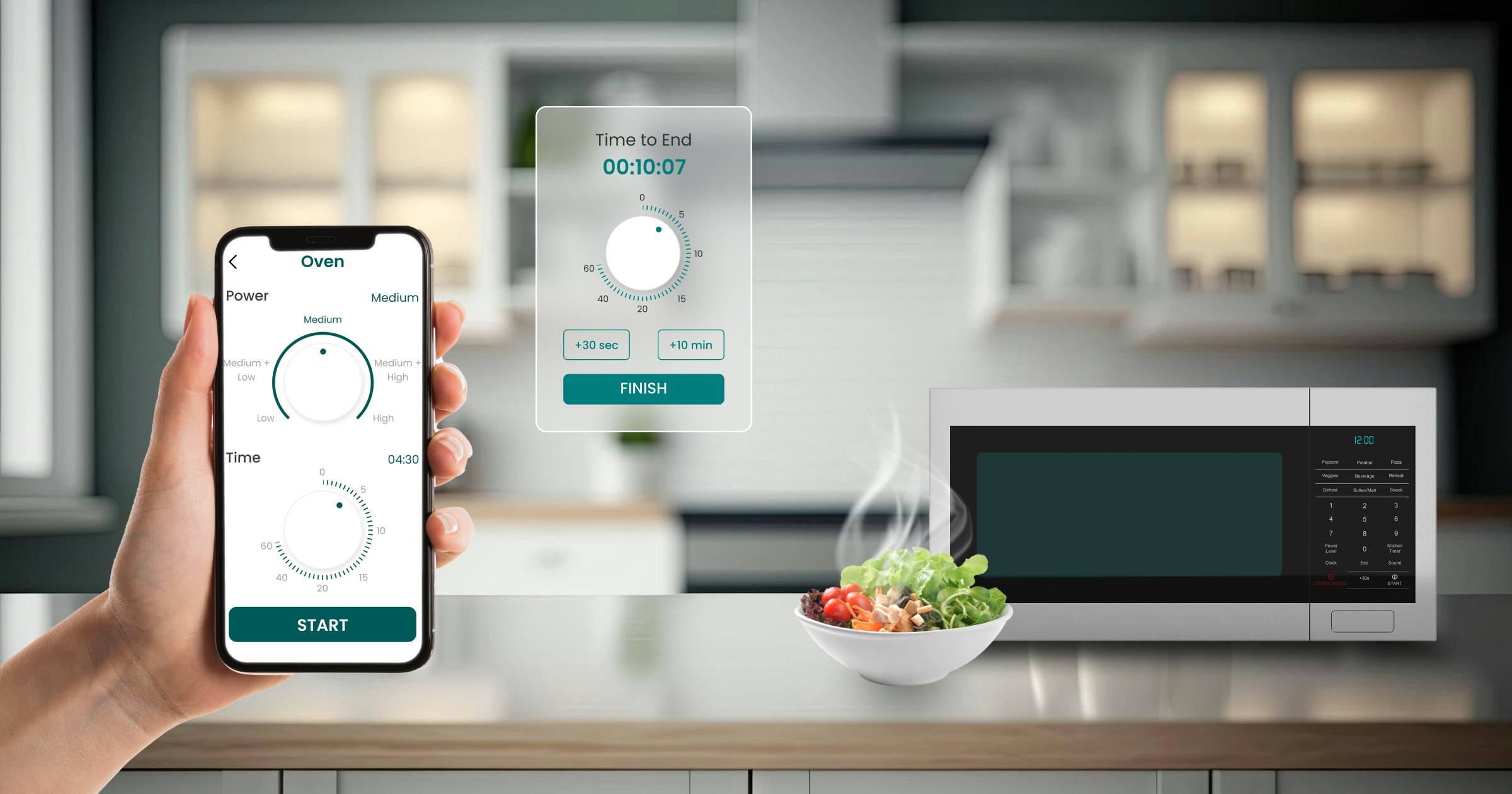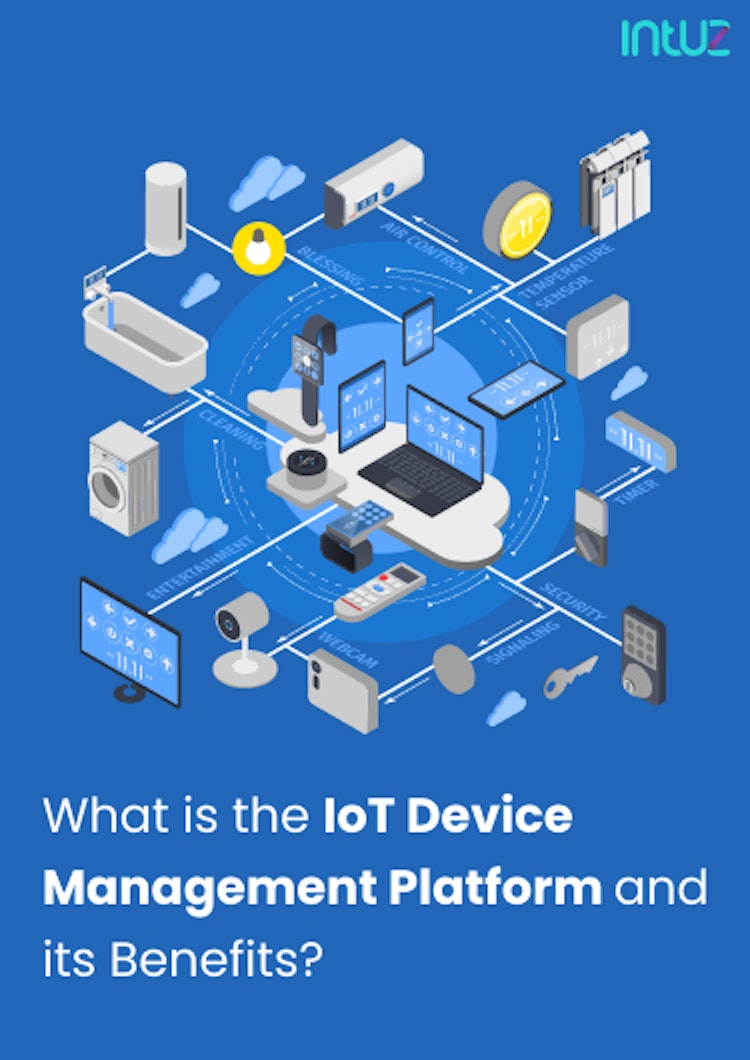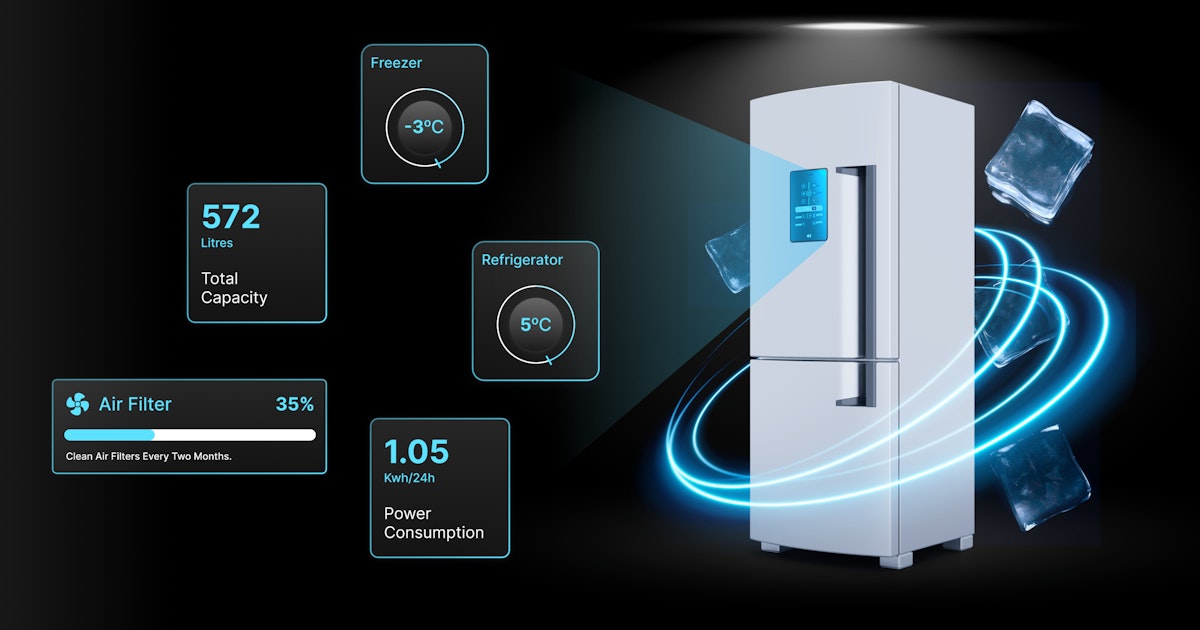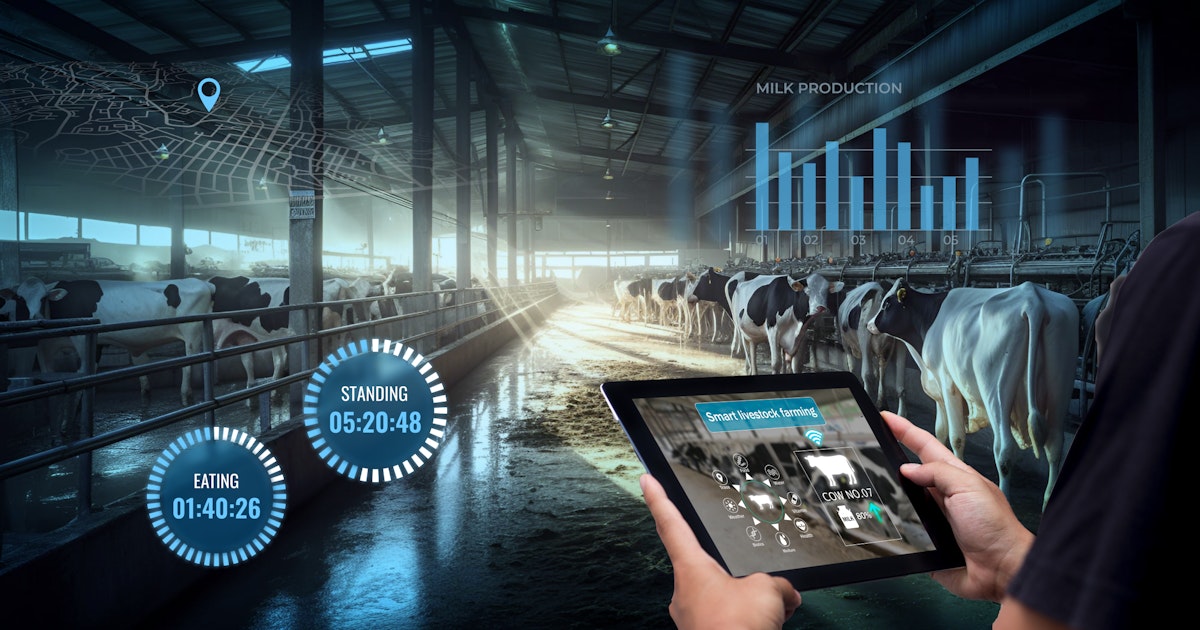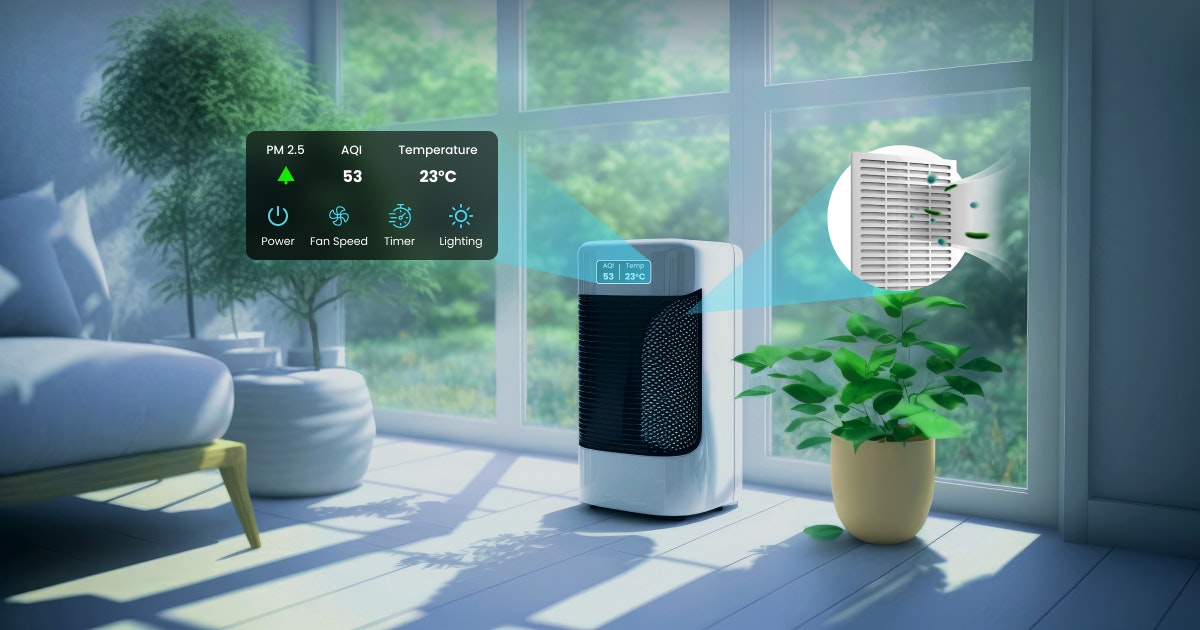Table of Content
The World of Smart Ovens
An innovative kitchen device, a "smart oven," uses Internet of Things (IoT) technology to offer a seamless and knowledgeable cooking experience. Smart ovens may do various tasks beyond simple cooking because they are furnished with sensors, connectivity choices, and sophisticated algorithms, unlike regular ovens. OEMs can offer benefits like users controlling and keeping an eye on these ovens from a distance because of their ability to communicate with other smart devices and connect to the internet.
The Cutting-Edge Technologies in Smart Ovens
Ovens that combine cutting-edge technologies are called smart, connected, or intelligent ovens. These appliances improve cooking experiences and give consumers ease and control. To maintain their position as industry leaders, original equipment manufacturers (OEMs) offer cutting-edge technologies into smart ovens. You can find the following technologies in smart ovens:
1. Internet of Things (IoT) Connectivity
Smart ovens use IoT connectivity to connect to the internet and provide remote monitoring and control. OEMs can offer features like accessing ovens using voice assistants or smartphone apps to change settings, check on the cooking process, and get alerts.
2. Voice Control
Communication with them is possible, using natural language commands thanks to voice control technology. Hands-free operation is made possible by integration with well-known voice assistants like Amazon Alexa or Google Assistant. This includes preheating the oven, setting timers, and regulating temperature.
3. Advanced Sensors

Various sensors are included in smart ovens to enhance cooking operations. Temperature sensors guarantee accurate heat management and consistent cooking. The moisture inside the oven can be determined by moisture sensors, which can then modify the cooking time. By detecting when the oven is empty or occupied, proximity sensors help to minimize accidents and maximize energy usage.
4. Built-in Cameras
Nowadays, many smart ovens have in-built cameras that show a real-time feed of the cooking action. Consumers can check the browning or doneness of their food remotely and even take pictures for social media or recipe documentation.
5. Recipe Recognition and Recommendations
Some smart ovens can recognize the type of food you put inside using image recognition technology. The oven may automatically recommend the best cooking settings or offer pre-programmed recipes for the best outcomes by recognizing the food. This can be a great promotional feature for OEMs.
6. Adaptive Cooking Algorithms
Adaptive algorithms can be used in smart ovens and learn from user preferences and cooking habits. These algorithms optimize cooking variables to reliably produce desired results, including temperature, duration, and heat distribution.
7. App Integration and Remote Monitoring
Manufacturers frequently create custom mobile applications to go along with their smart ovens. OEMs may provide options to browse recipes, get alerts while food is cooking, remotely manage the oven, and even get firmware updates for ovens.
8. Smart Home Integration
Smart ovens can build a linked environment with other smart home appliances. For instance, they can connect with smart thermostats to change the oven's temperature based on the environment in the room or with smart refrigerators to suggest recipes based on the ingredients on hand.
Do You Want to Heat Up Your Product Line with IoT Smart Oven Solutions?
Let's Get StartedBenefits of Smart Ovens
Smart ovens are revolutionizing the way cooking can be explored by consumers. OEMs can highlight the benefits given below:
1. Remote operation
A specialized smartphone app can operate smart ovens remotely. Consumers may change settings, start or stop cooking, and receive notifications whether in another room or hundreds of miles from home, offering unrivaled flexibility and convenience.
2. Enhanced Functionality
Smart ovens come equipped with various capabilities that go beyond the basics of cooking. These ovens offer unmatched flexibility and control, from setting timers and temperature management to choosing cooking modes, cleaning cycles, and monitoring food.

3. Integration with Smart Home Gadgets
Smart ovens work harmoniously with other smart home appliances to create a complete environment. With the help of this integration, routines and interactions may be automated, allowing consumers to design experiences unique to their preferences.
4. Safety and Security
Thanks to their capacity for safety monitoring, smart ovens provide a secure cooking environment. OEMs can offer peace of mind while cooking by prompt alerts in the event of potential threats.
The Future Of Smart Ovens
Smart ovens have a bright future as technology develops. We may anticipate more integration with cutting-edge technology like augmented reality (AR), machine learning, and AI. Future smart ovens might have cutting-edge sensors and imaging technologies to precisely gauge the degree of food doneness. These ovens may use computer vision algorithms to assess the appearance and color of food. With the aid of this technology, consumers can prepare meals consistently and to perfection.
1. Advice on Augmented Reality (AR):
The development of smart ovens in the future may depend much on AR technology. It may be possible to obtain real-time cooking instructions, ingredient information, and interactive guidance overlaid into the cooking workstations using AR glasses or smartphone apps.
2. Sustainability and energy efficiency:
Future smart ovens will emphasize sustainability and energy efficiency as environmental concerns increase. They may contain features like better insulation, energy-saving cooking algorithms, and eco-friendly materials to limit energy usage and lower the carbon imprint of cooking.

3. AI integration
Smart ovens might employ AI algorithms to learn from user preferences, cooking habits, and feedback to deliver even more precise recipe recommendations and cooking directions. AI-powered ovens may learn each user's preferred cooking methods and provide tailored recommendations for ingredient swaps, cooking methods, and even creating original recipes depending on the items.
4. Enhanced Connectivity and Interoperability
Smart ovens are likely to connect much more with other platforms and devices for the smart home. They may speak with voice assistants, smart refrigerators, and other kitchen appliances without issues to make cooking easier.
Let's Transform Your Ovens with IoT Integration!
Explore ServicesConclusion
Finally, smart ovens have transformed the way food is prepared by introducing a new level of accuracy, practicality, and innovation to our kitchens. These intelligent appliances have revolutionized the dining experience with recipe suggestions, energy-efficient cooking, voice command capabilities, safety monitoring, smart diagnosis, and data collection for customized recommendations.
If you are an OEM looking to transform the cooking experiences of your consumers,
Book a Free 45-minute Consultation with Our IoT Experts Today! Get a customized roadmap and strategies to integrate IoT into ovens.
